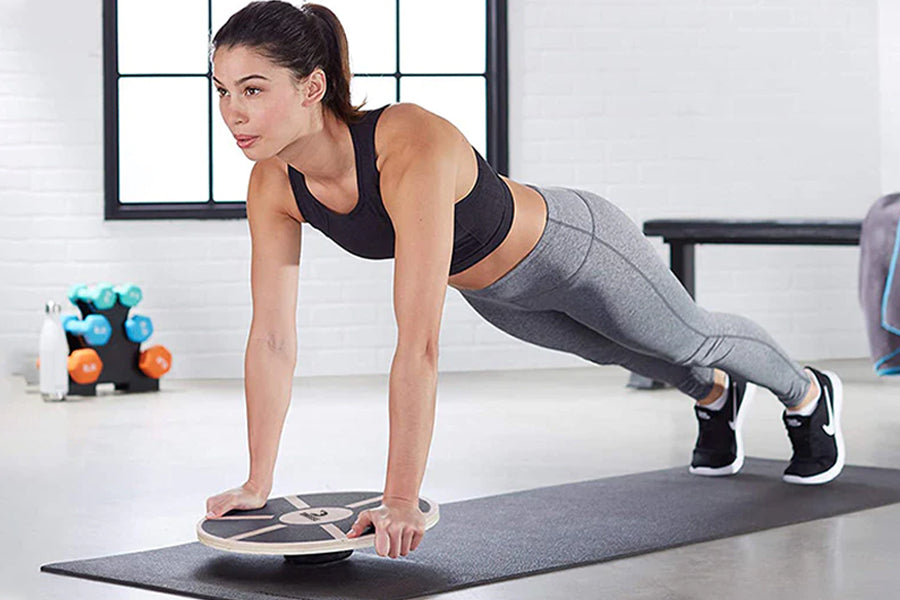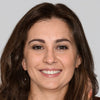Physical fitness and general well-being are essential components of a healthy lifestyle. Regular exercise and physical activity improve our physical health and positively affect mental health. Training with a balance board effectively enhances our body's strength, balance, and coordination.
Balance training helps to improve body stability and core strength, which leads to better posture and reduced risk of injuries during day-to-day activities. In this article, we will explore the balance board benefit and training and provide tips on how to get started with this form of exercise.
What is a Balance Board?

A balance board, also known as a wobble board, is a piece of fitness equipment designed to improve balance, stability, and overall body control. These boards typically consist of a flat platform on top of a curved or cylindrical base, creating an unstable surface that forces the user to engage their core muscles and make constant adjustments to maintain balance.
Using a balance board as part of a fitness routine has many benefits. For one, it can help improve proprioception, which is the body's ability to sense and respond to its surroundings. Strengthening this ability can lead to better movement patterns, reduced risk of injury, and increased athletic performance.
Balance boards can also target specific muscle groups, such as the core, legs, and ankles. By standing, squatting, or performing other exercises on the board, individuals can challenge their stabilizing muscles and improve their overall strength and conditioning.
In addition to traditional fitness applications, balance boards are often used in physical therapy and rehabilitation settings. They can help patients recover from injuries or surgery, build strength and flexibility, and improve balance and coordination.
Overall, balance boards are versatile and effective pieces of fitness equipment that can benefit people of all ages and fitness levels. Whether used as a standalone workout or as part of a larger fitness routine with metal dumbells or a barbell set, incorporating a balance board can help individuals improve their overall wellness and physical performance.
Balance Board Benefits: Improve Your Balance, Strength, and Coordination
If you are looking for a fun and effective way to improve your overall fitness, consider using a balance board. Here are some of the main benefits of using a balance board.
Improve Your Balance
The most obvious benefit of using a balance board is that it helps you improve your balance. By standing on an unstable surface, your body has to constantly adjust its position to maintain stability
This in turn, activates your core, leg, and ankle muscles, which are responsible for maintaining your balance. Over time, this can help you improve your posture, reduce your risk of falls, and feel more confident in your movements.
Increase Your Strength
Another benefit of using a balance board is that it can help you increase your strength. Just like any other form of resistance training, using a balance board forces your muscles to work harder than they normally would.
This can help you build stronger leg, core, and upper body muscles, depending on the exercises you perform. Additionally, using a balance board can help you develop better overall body control and stability, which can be useful for sports, dancing, and martial arts activities.
Related Article: 8 Best Balance Board Exercises to Increase Core Strength
Enhance Your Coordination
Using a balance board can also help you enhance your coordination. By challenging your body to maintain stability on an unstable surface, you have to synchronize your movements and muscle activation more precisely than you would on a stable surface.
This can help you develop better neuromuscular coordination, which is essential for many complex activities, such as playing musical instruments or typing on a keyboard. Additionally, improved coordination can help you prevent injuries and perform daily activities more efficiently.
Alleviate Joint Pain
Balance board exercises are a great way to take the pressure off of your joints and reduce discomfort. Balance boards can be surprisingly effective even if you feel like you're doing nothing more than standing or sitting on it.
Research has shown that balance movements engage muscles and increase the range of motion, which can act as a sort of massage for your joints. Not only does this lubricate the joint itself, but it also increases blood flow, reducing inflammation and stiffness that would otherwise cause pain.
Additionally, balance board exercises help to strengthen the muscles around your joints, providing extra support and stability that relieves pressure on the ligaments and tendons that hold them together.
So don't underestimate balance board exercises - they may have a big impact on your joint health!
Related Article: The Fifteen Balance Boards of 2022 -Things to Look for When Buying a Balanace Board
Balance Board Exercises: How to Get Started
Balance boards challenge your body in different ways than traditional exercises and are suitable for everyone, regardless of skill level. In this article, we will discuss some essential balance board exercises that anyone can do to improve their balance and fitness.
The Basic Balancing Act
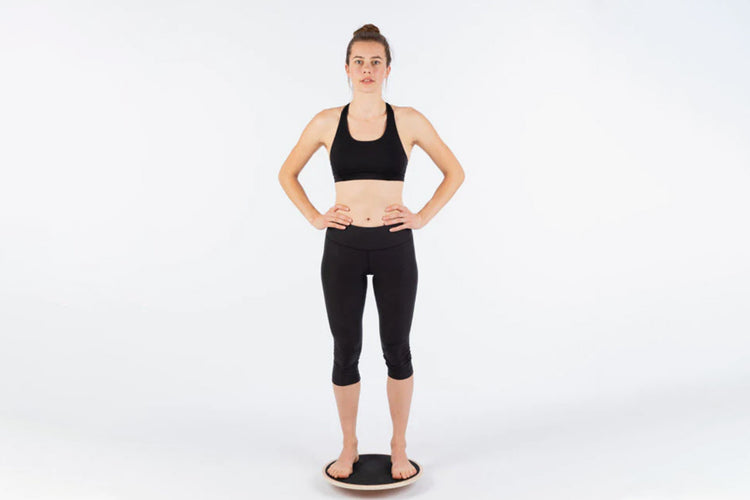
The basic balance exercise involves stepping onto the board and distributing your weight evenly over the surface.
How to do it:
Keep your feet shoulder-width apart and your head facing forward. Hold the position for at least one minute or as long as possible. This exercise strengthens your legs, ankles, and core muscles.
The Single-Leg Balance
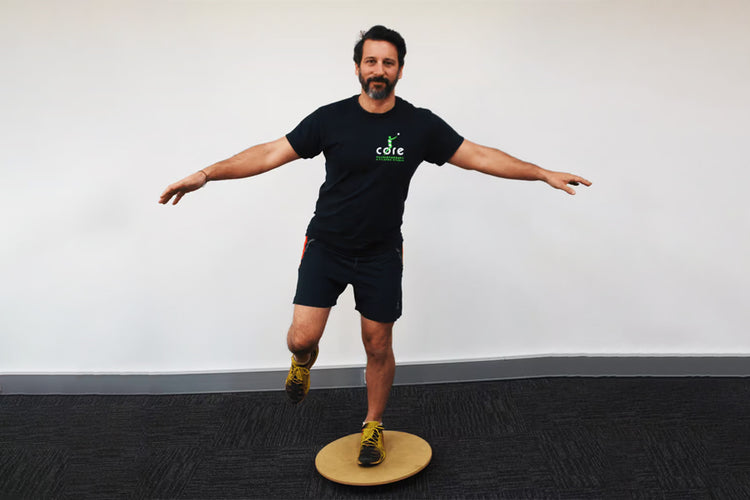
Once you can maintain the foundation position, challenge yourself by standing on one leg.
How to do it:
Cross your other leg over your standing leg, and hold the position for at least thirty seconds before switching sides. This exercise enhances your balance, especially on uneven surfaces.
The Squat Challenge
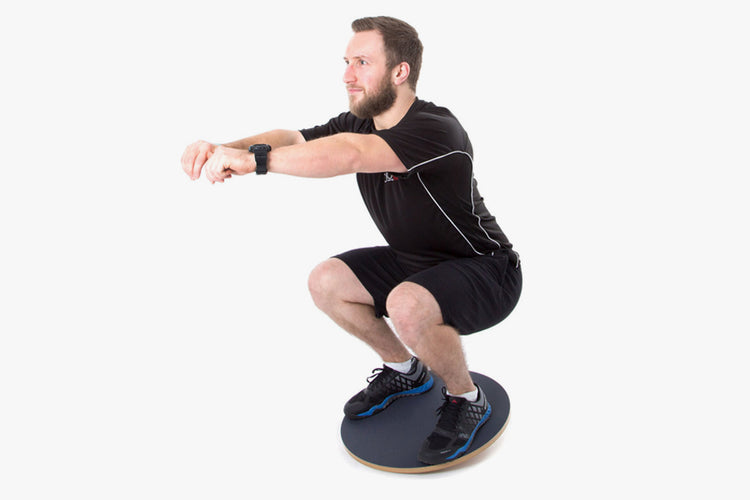
Squats are fantastic exercises for toning your lower body, and adding a balance board makes it even more challenging.
How to do it:
Begin with a simple squat, holding the board between your hands at chest level. As you squat down, lift the board in front of you and hold for a count of two before returning to the starting position. Continue this exercise for at least ten reps.
The Reverse Lunge With the Board
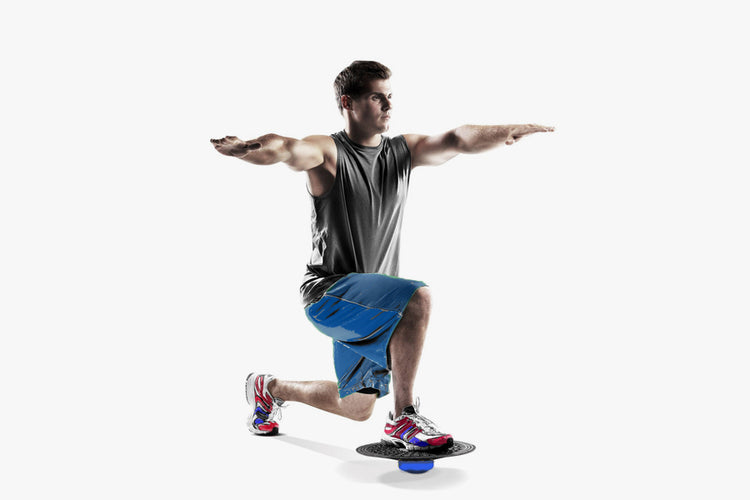
Reverse lunges target your glutes, hamstrings, and quadriceps while also improving your balance.
How to do it:
Begin by stepping onto the board and facing forward. Step back with your right foot, lowering your body until your left knee is bent at a ninety-degree angle. Return to the starting position and repeat on the other side. Aim for ten reps on each side.
The Plank Crawl

Planks are excellent for strengthening your core muscles, and adding a balance board makes it even more challenging.
How to do it:
Begin by getting into a plank position on the board. Keep the board stable as you crawl forward with your arms, maintaining the plank position throughout the movement. Crawl back to the starting position, and repeat for at least ten reps.
Push-Ups

Push-ups are a great way to improve upper body strength while working on your balance.
How to do it:
Place your hands on the balance board and assume a push-up position. Perform the exercise as regular push-ups, focusing on stability and core engagement.
FAQs
1. How can I incorporate a balance board into my fitness routine?
You can incorporate a balance board into your fitness routine for warm-ups, cool-downs, or a standalone workout. You can also incorporate it into exercises like lunges, squats, and push-ups to add an extra challenge to your routine.
2. Can anyone train with a balance board?
Yes, anyone can train with a balance board, regardless of age or fitness level. However, if you have any underlying health conditions, it's recommended that you speak to your doctor before starting any new exercise routine.
3. Are there different types of balance boards available?
Yes, several types of balance boards are available, including wobble boards, rocker boards, and balance discs. Each type of board provides a different level of difficulty and engages different muscles.
4. How long should I train with a balance board for?
The amount of time you train with a balance board varies depending on your fitness level and goals. It's recommended that beginners start with short sessions of around five to ten minutes, gradually increasing the duration as they become more comfortable on the board. As you progress, you can incorporate longer sessions of up to 30 minutes or more.
Conclusion
Incorporating a balance board into your fitness routine can greatly improve your overall health and wellness. Not only does it help to strengthen your core muscles and improve your balance and coordination, but it can also reduce your risk of injury and improve your posture. Plus, using a balance board is a fun and engaging way to switch up your workouts and challenge yourself in new ways.
Balance board exercises can help you improve your balance, stability, and core strength. These exercises challenge your body in different ways, making them suitable for anyone looking to increase their fitness level. By regularly performing these balance board exercises, you'll be on your way to improving your balance and overall fitness level.
Reading List
Article Sources
- Thomas, Ewan, et al. "Physical Activity Programs for Balance and Fall Prevention in Elderly." Medicine, vol. 98, no. 27, July 2019, p. e16218. PubMed Central, https://doi.org/10.1097/MD.0000000000016218.









